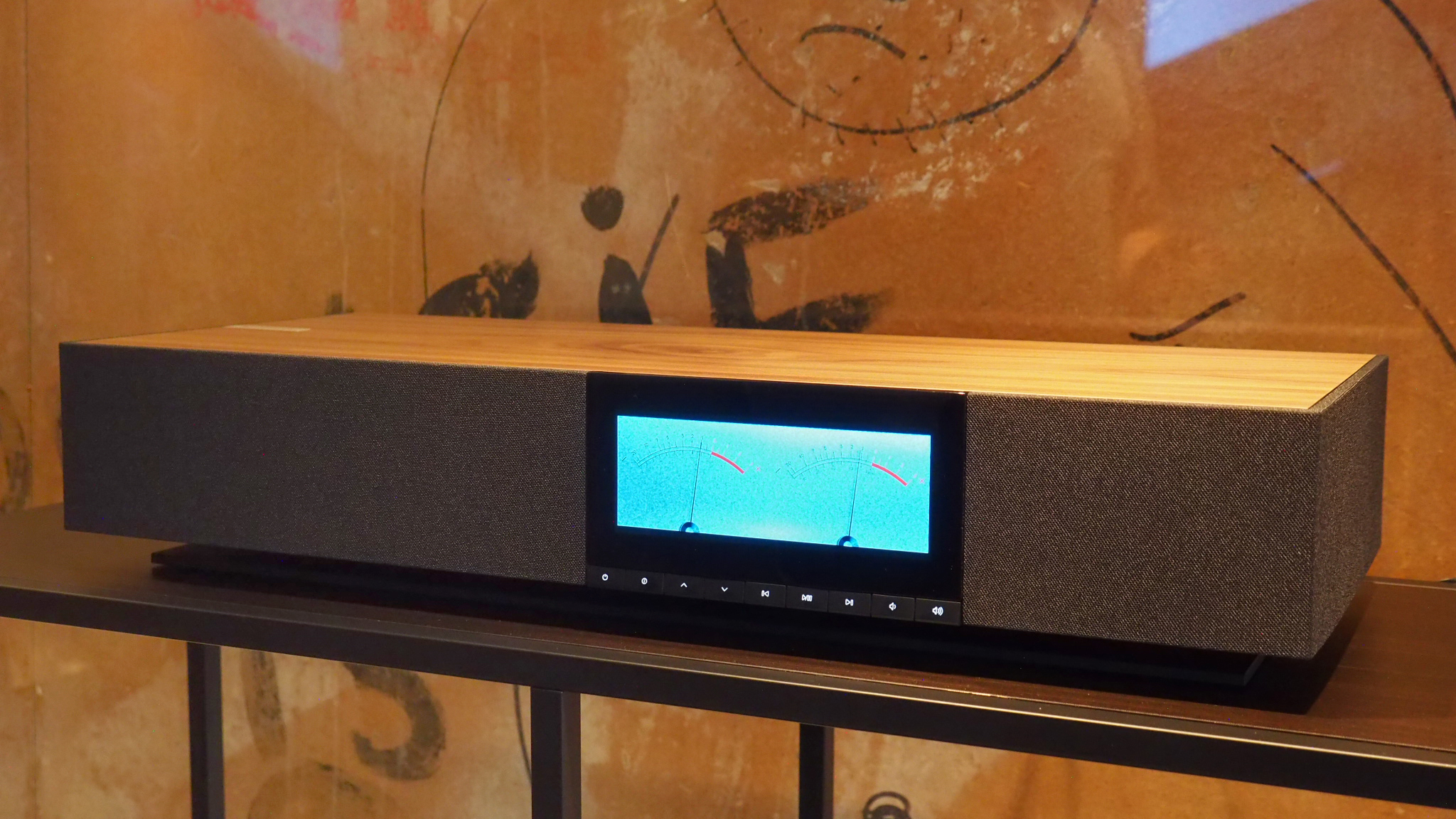
It was in the middle of June this year, some eight weeks ago, that I was hanging out with Cambridge Audio to listen to the company's new Evo One all-in-one music player in the most apt of places – the former Sex Pistols' London home, on Denmark Street, where the walls are covered in John Lydon's graffiti. An iconic backdrop from a British band in which to listen to a very British audio brand's latest.
Not that I'd associate Lydon's gratuitous scrawls with the Cambridge Audio's design language: the Evo One is a meticulously engineered all-in-one, replete with 14 drivers within and 700W of amplification total, but there is a touch of humanity in its wooden-topped design. This is real walnut, too, with each of the Evo One samples I saw presenting individual grain patterns – a natural graffiti of the product's own design, if you will.
I've been testing the best all-in-one speakers for many years now. Although such systems are released few and far between – Bowers & Wilkins' most recent Zeppelin, for example, was released almost exactly three years ago – given the longevity of such products' lives. A favourite of mine was the Naim Mu-so – but the original was released a whole decade ago. Naim's best is also far more industrial-looking by design compared to the Cambridge Audio's softer visuals of a wooden top and clothed sides.

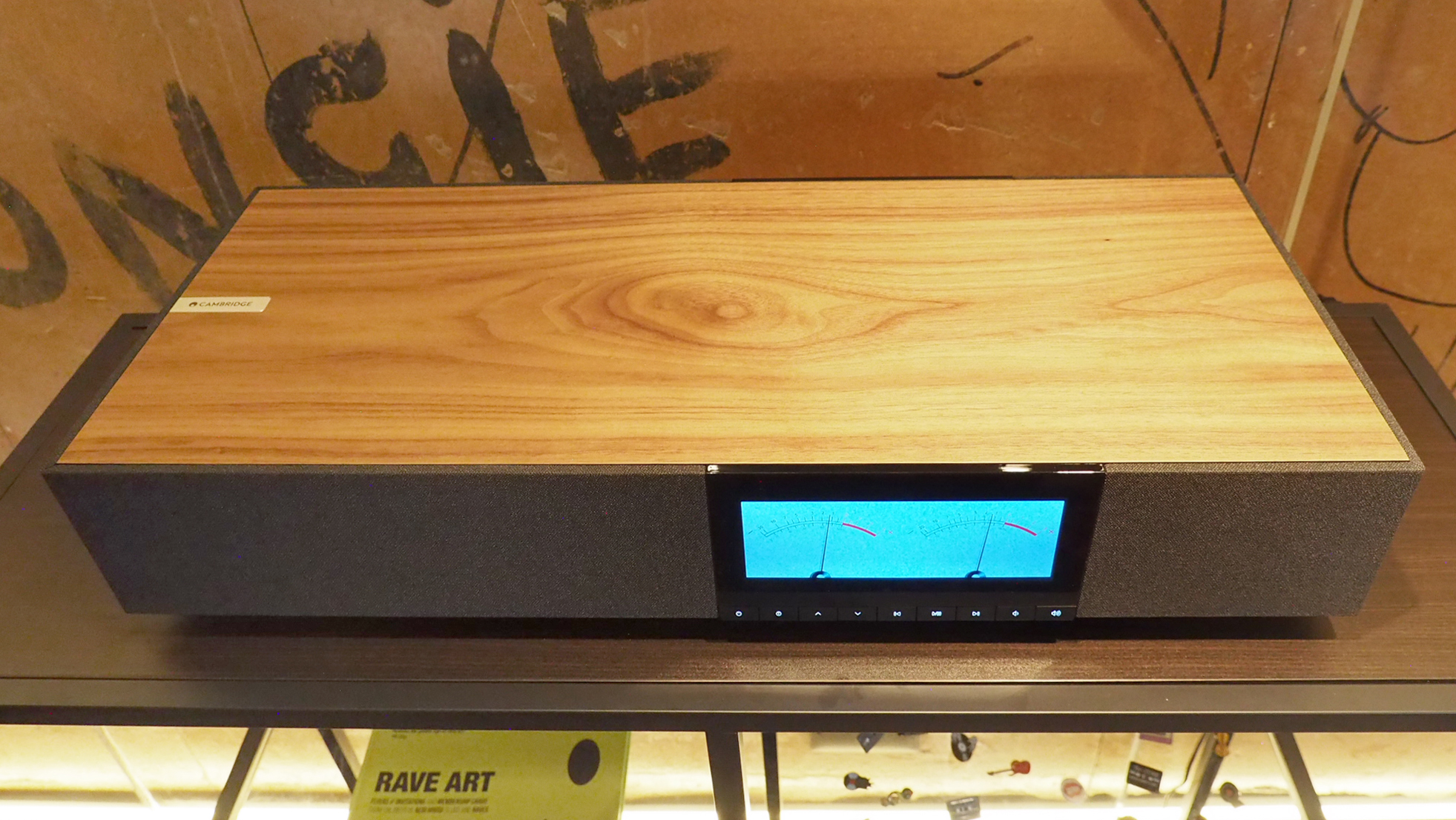
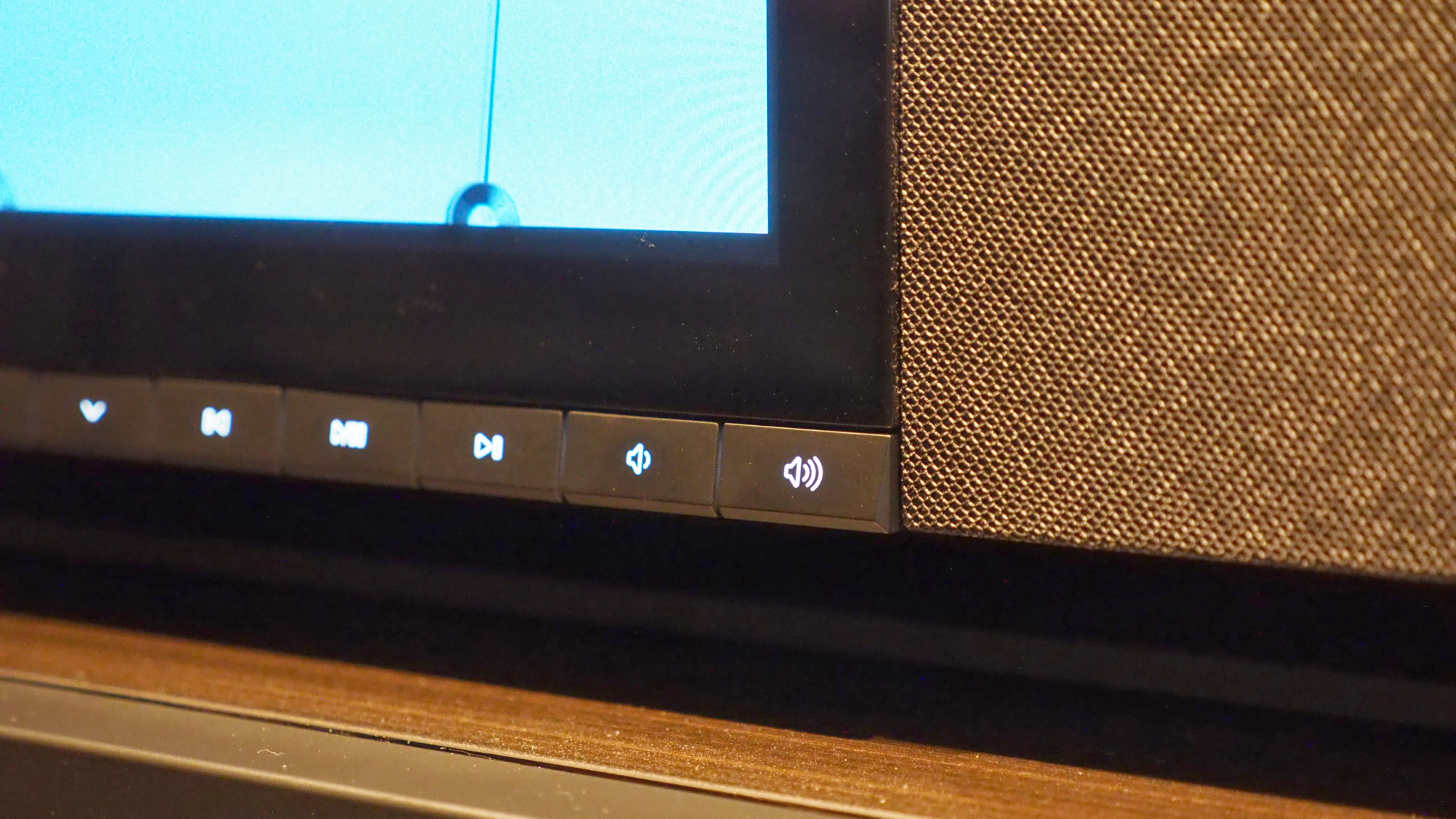
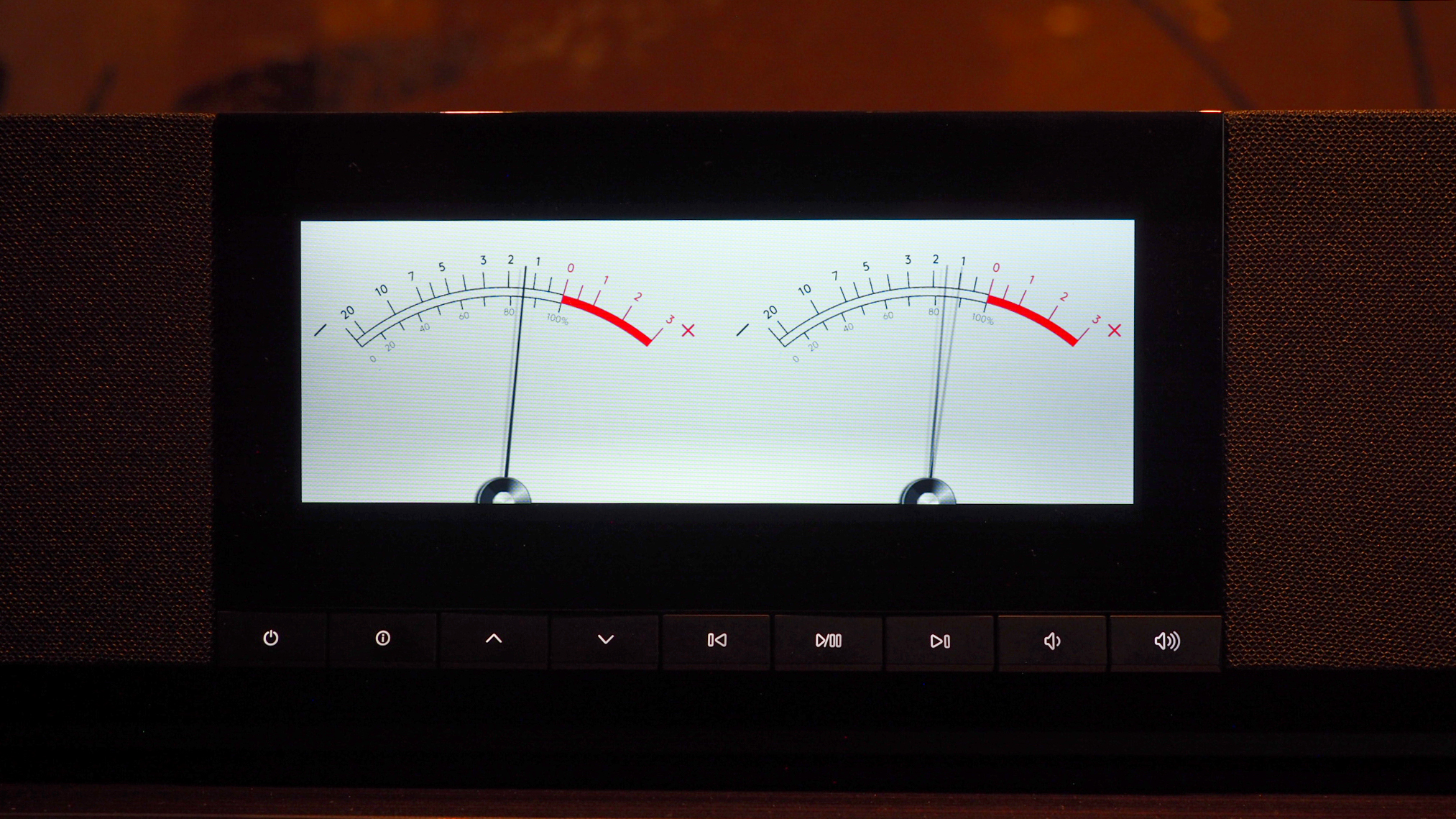
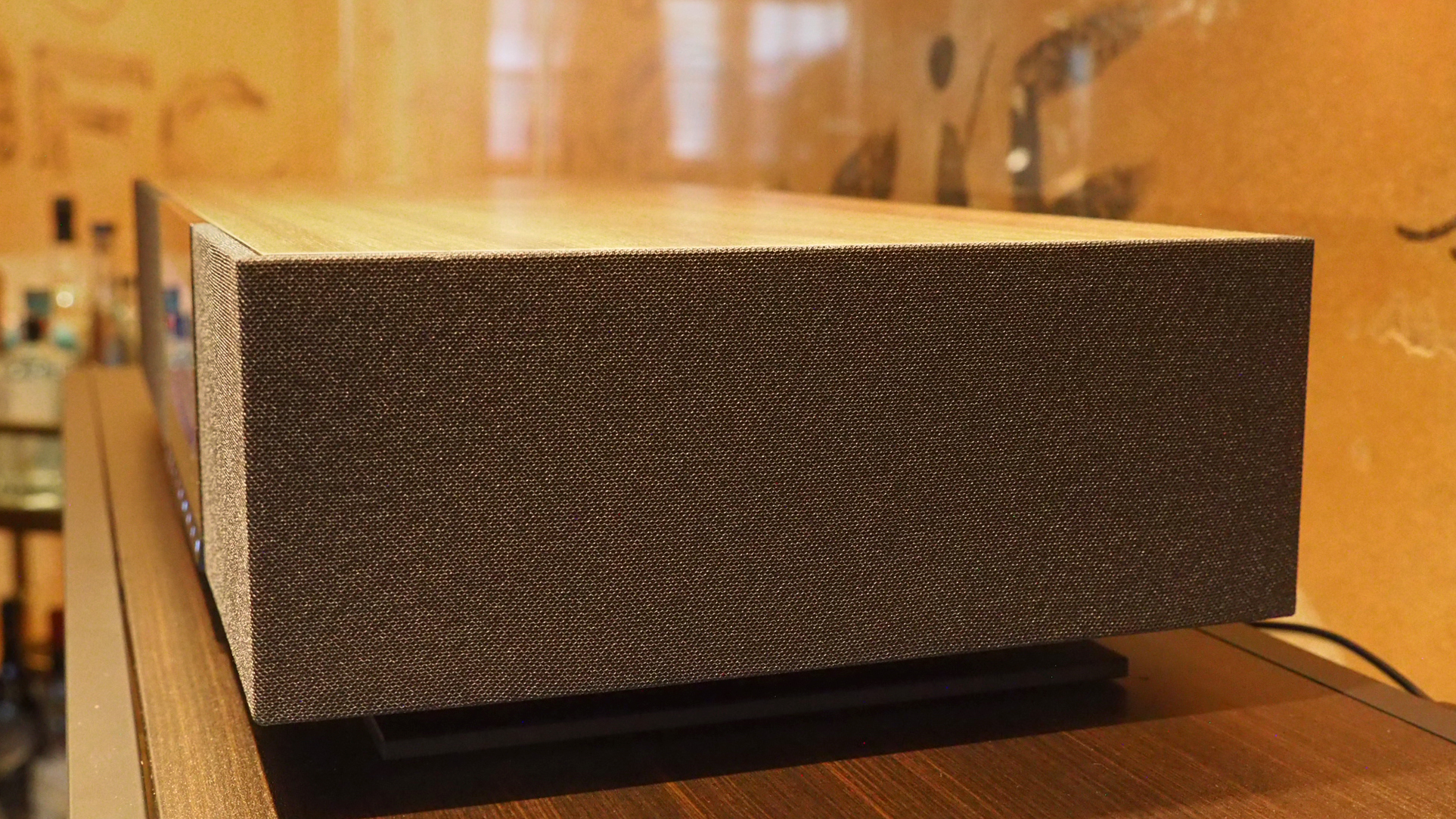
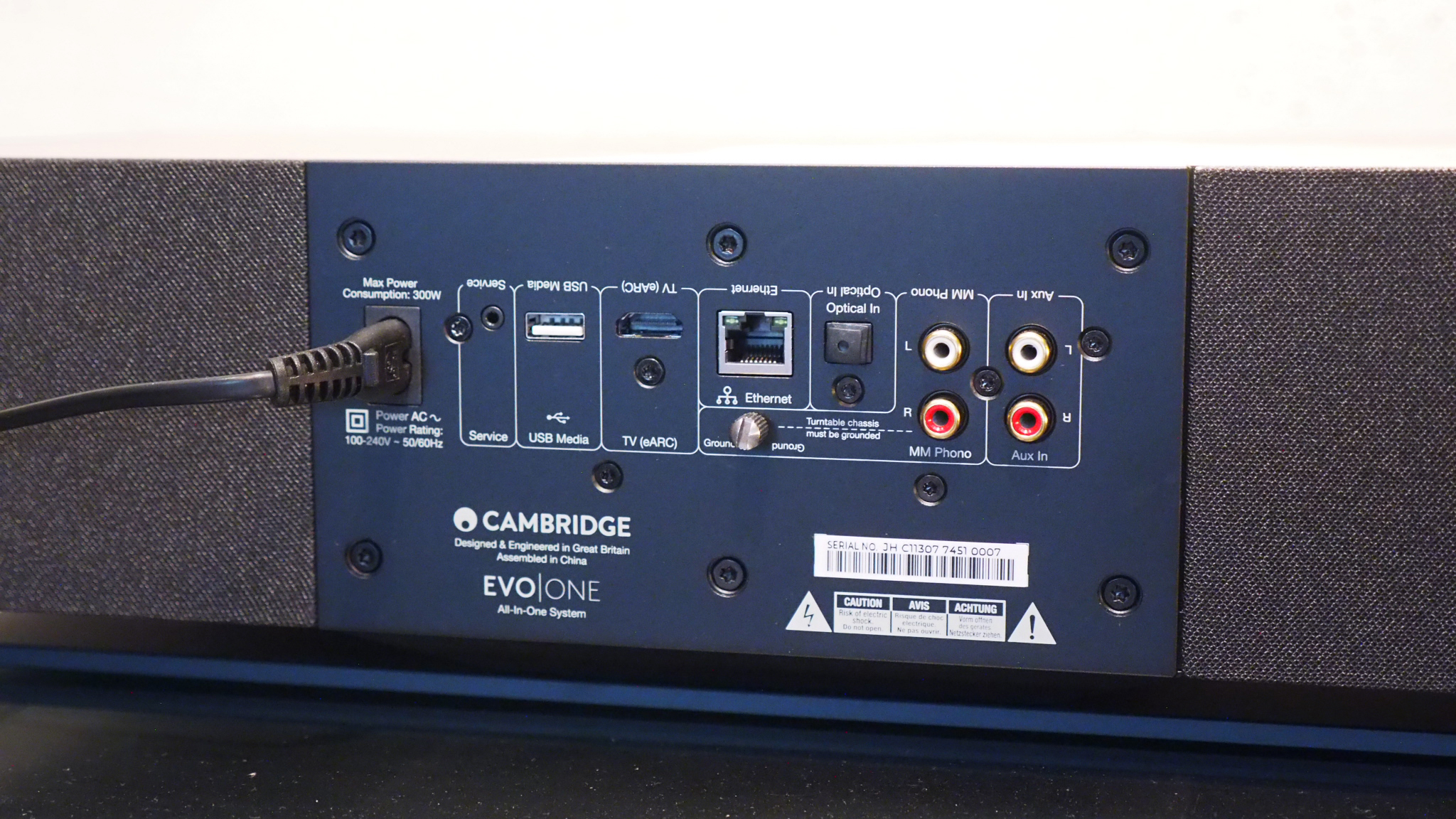
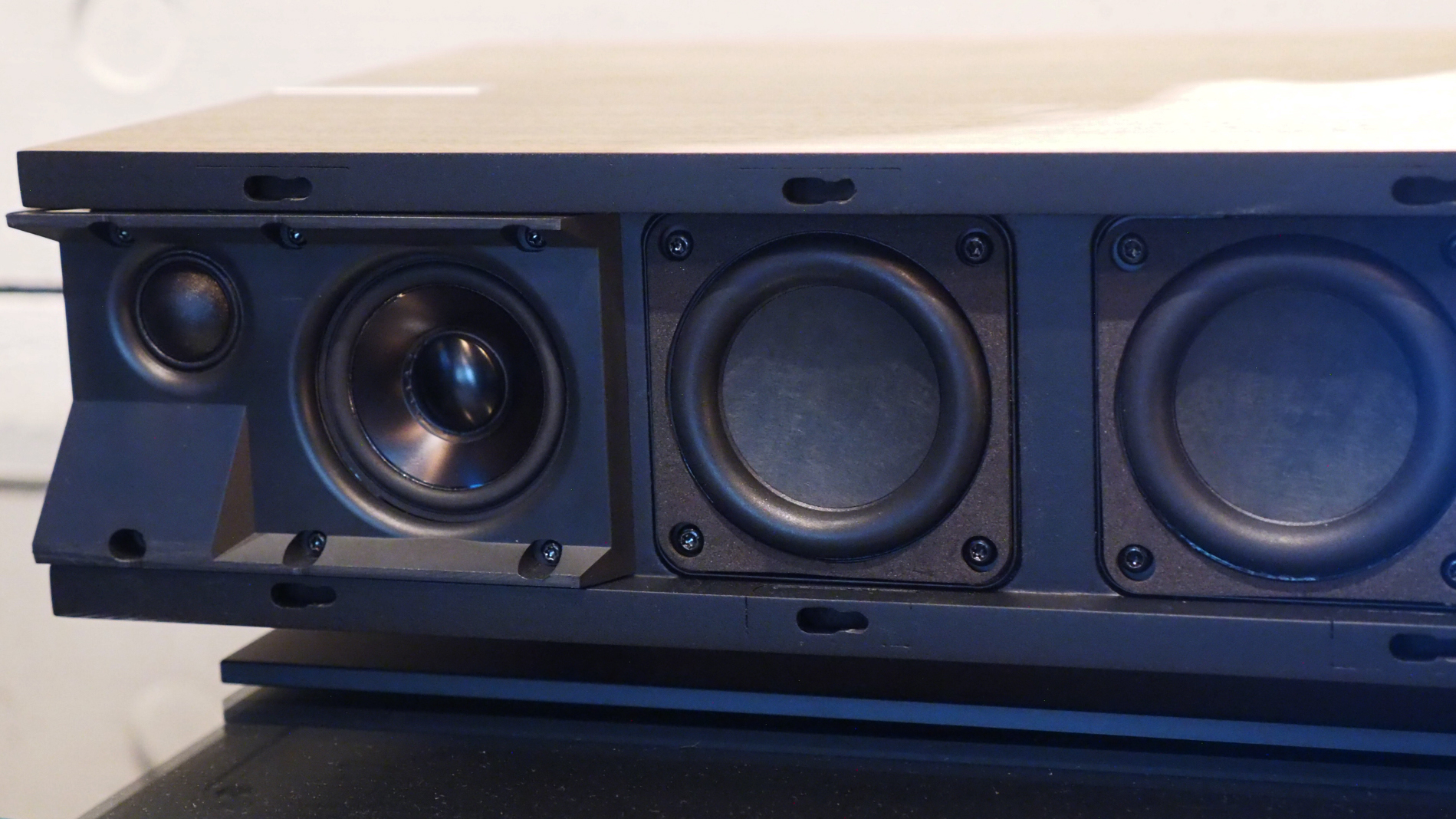
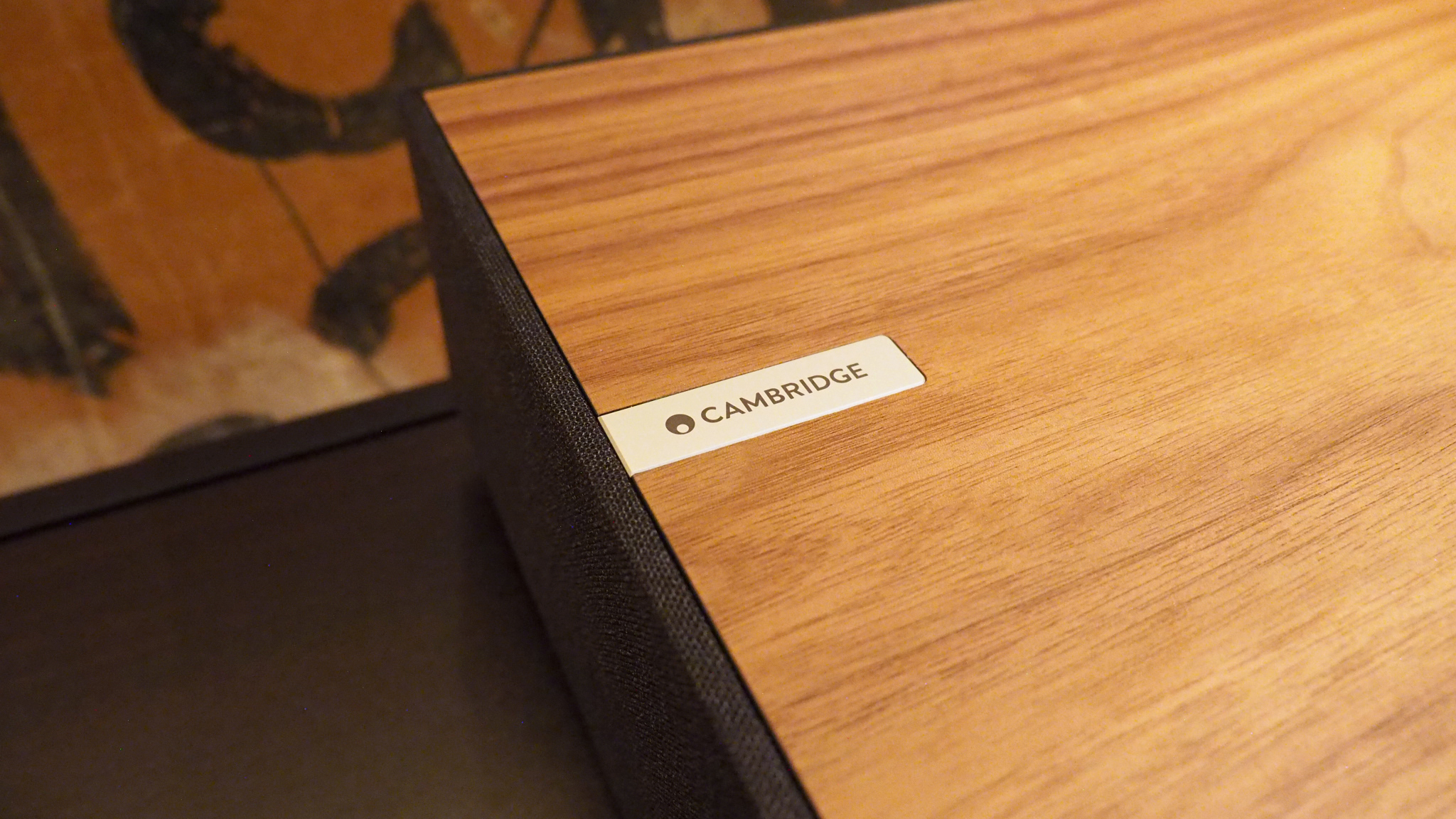
With a tablet connected to the Evo One, guests took their turns in turning through all manner of track: from classic jazz, to modern bass music; no stone was unturned – and I was impressed with just how well the Cambridge Audio handled its output. This is an all-in-one capable of filling a large room with sound – and when exploring the volume's highs, it was beyond conversational levels.
Behind those clothed sides the Evo One features four 1-inch silk-dome tweeters, four 2.25-inch aluminium cones to handle mid-range, and six 2.75-inch woofers for the low-end. The soundstage spreads convincingly wide for a great listen – I sat almost to the side after trying it out front-on and the sound remained full throughout.
Those woofers aren't going to lift bass to subwoofer kinds of levels, which would be a minor criticism, but their combined output certainly creates enough low-end thump to satisfy most music listeners' tastes. You can even monitor the output with a quirky digital VU meter that can be set to show on the Evo One's 6.8-inch built-in display – probably best reserved for your Tidal, Spotify, Qobuz or Deezer interface, mind, all of which are supported.
Cambridge Audio isn't mucking about when it comes to compatibility either: the Evo One supports up to 32-bit/192kHz audio resolution for High-Res Audio fans; plus all the usual streaming formats and many higher-end codes are supported (MP3, WAV, FLAC, ALAC, AIFF, DSD, AAC). You'll want to connect via Wi-Fi for the utmost quality, but Bluetooth is available, as is AirPlay 2 and Google Cast.
Get all the latest news, reviews, deals and buying guides on gorgeous tech, home and active products from the T3 experts
I think Cambridge Audio is on a bit of a roll at the moment: I tried the new Melomania P100 (yes, at the same venue, the secret is out now), the company's first over-ear headphones ever, and this Evo One all-in-one is a fairly priced Naim competitor with great sound and, for me, a more naturalistic design that will fit into peoples' homes more eloquently. It comes with an included remote control, too, if you don't like faffing about with a connected phone or tablet.
Oh, and as an aside: hotel Chateau Denmark's I Am Anarchy two-floor suite is available to book if you fancy an altogether different hotel experience, sleeping in a pull-down bed surrounded by the now Grade II* protected building and artwork. Sure, a weekend will cost you more than buying a new Cambridge Audio Evo One – it's listed at £1299/$1499 upon release; the hotel suite by comparison costs from £600 per night (circa $760), but it'll no doubt be any Pistols' fans' dream stay.

Mike is T3's Tech Editor. He's been writing about consumer technology for 15 years and his beat covers phones – of which he's seen hundreds of handsets over the years – laptops, gaming, TV & audio, and more. There's little consumer tech he's not had a hand at trying, and with extensive commissioning and editing experience, he knows the industry inside out. As the former Reviews Editor at Pocket-lint for 10 years where he furthered his knowledge and expertise, whilst writing about literally thousands of products, he's also provided work for publications such as Wired, The Guardian, Metro, and more.
